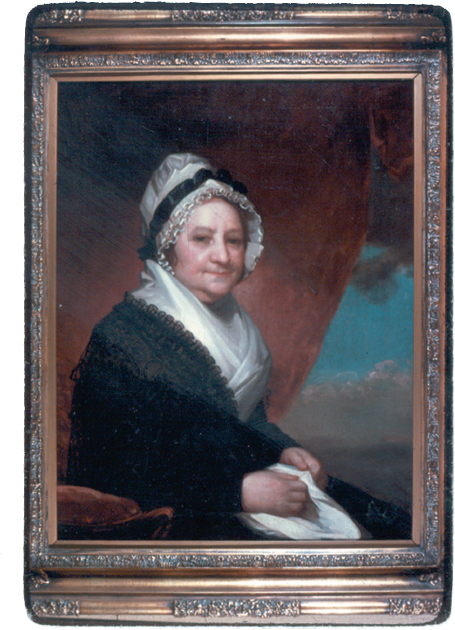How did the states define citizenship and freedom?
Printed Page 210
IN THE FIRST DECADE OF INDEPENDENCE, the states were sovereign and all-powerful. Only a few functions, such as declaring war and peace, had been transferred to the confederation government. Familiar and close to home, state governments claimed the allegiance of citizens and became the arena in which the Revolution’s innovations would first be tried. Each state implemented a constitution and determined voter qualifications, and many states grappled with the issue of squaring slavery with Revolutionary ideals, with varying outcomes.

Widow from Essex County
Mrs. Elizabeth Alexander Stevens was married to John Stevens, a New Jersey delegate to the Continental Congress in 1783. Widowed in 1792, she would have then been eligible to vote in state elections according to New Jersey’s unique enfranchisement of property-holding women. The widow Stevens died in 1799, before suffrage was redefined to be the exclusive right of males. New Jersey Historical Society.
CHRONOLOGY
1776
- – Declaration of Independence is adopted.
- – Virginia adopts state bill of rights.
1778
- – State constitutions are completed.
1780
- – Pennsylvania institutes gradual emancipation.
1781
- – Several Massachusetts slaves sue for freedom.
1783
- – Massachusetts enfranchises taxpaying free blacks.
1784
- – Gradual emancipation laws are passed in Rhode Island and Connecticut.
1799
- – Gradual emancipation law is passed in New York.
1804
- – Gradual emancipation law is passed in New Jersey.